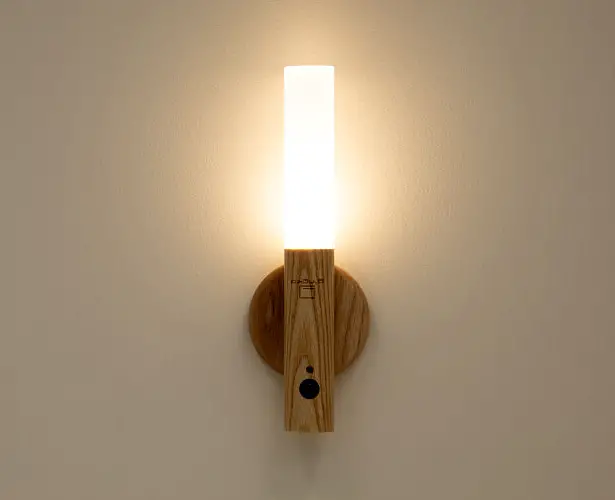
However, not all applications support dark mode, and many do not. The default app mode changes the background color of built-in applications (such as Explorer) and applications you get from the Windows Store. The default Windows mode will change the background color of the taskbar, start menu, and calendar. On Windows 10, to enable dark mode, select Settings> Personalization> Color, then open the “Select color” drop-down menu and select light, dark, or custom. On Windows 10, to enable Windows Night Light, select Settings> System> Display> Night Light. At night, we need to dim the screen brightness, otherwise, the bright screen will cause eye irritation. Some people call dimming the screen as night mode. If you plan to read e-books or edit documents on your computer, you can switch to night mode to see if it suits you better.

Dark mode can minimize glare to reduce eye strain and make reading easier and more comfortable. The purpose of the dark mode is to reduce the light emitted by the device screen while maintaining the minimum color contrast required for readability. The dark mode displays white text on a black background.

The default setting for most applications is the light mode, which means that dark text is displayed on a light background. When you turn on dark mode in Windows, you will see a dark-themed user interface. The dark mode is a setting provided by Windows that allows you to switch between light and dark themes.

Some people call the dark mode as night mode.

Many people call the night light feature on Windows 10 as night mode, which can reduce blue light, reduce eye strain, and promote sleep. These settings include filtering blue light, dimming the screen, and displaying a dark theme. Night mode reduces eye strain and promotes sleep. Night mode is a computer setting that allows us to use the computer more comfortably at night. Are you looking for a night mode for PC? I will show you how to turn on night mode on PC.


 0 kommentar(er)
0 kommentar(er)
